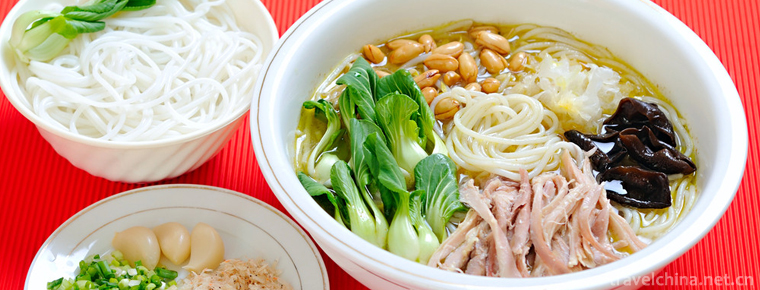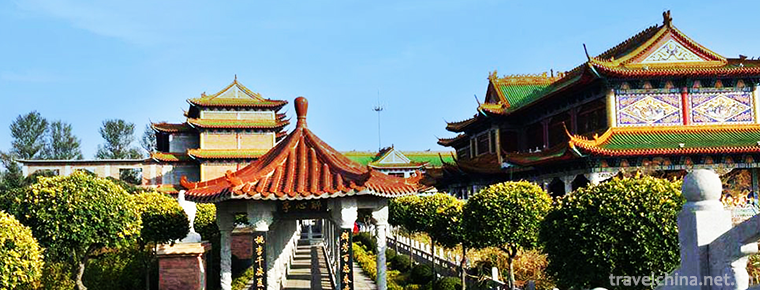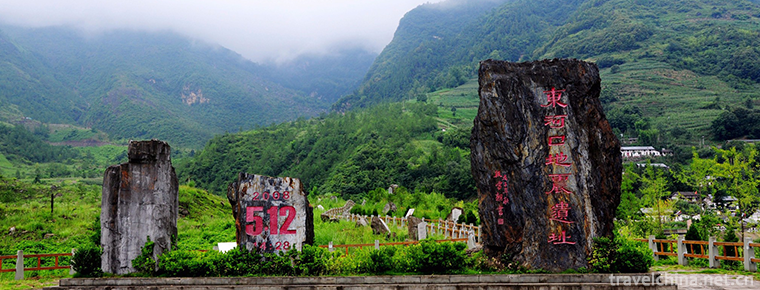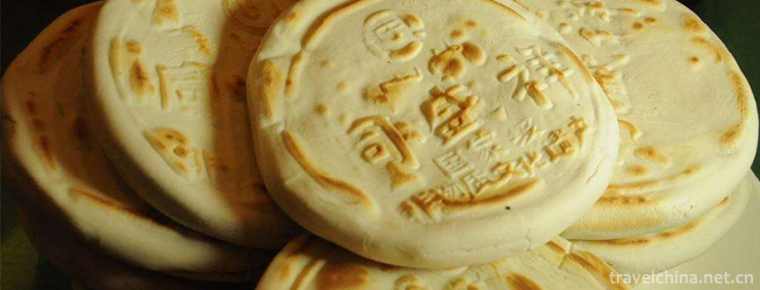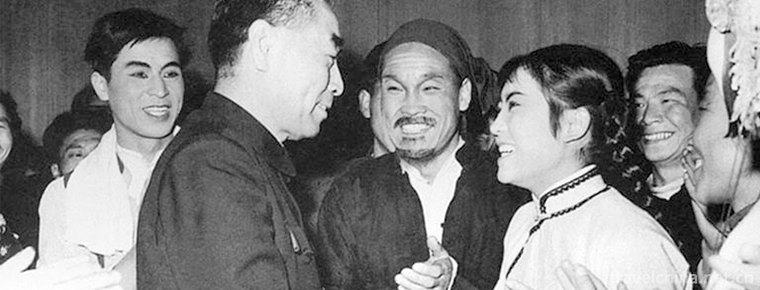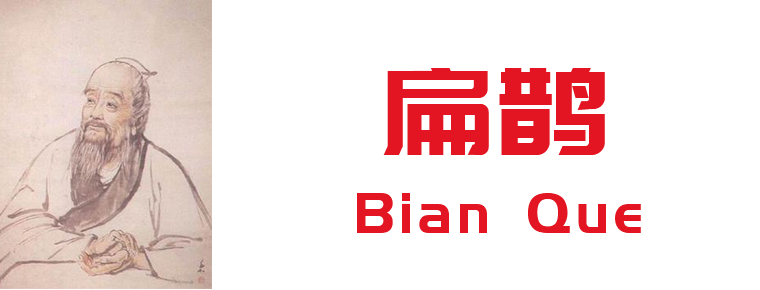Flower shuttlecock
Flower shuttlecock
Shuttlecock is a traditional folk sport with a long history, which is widely spread in China. Regular exercise can activate muscles and bones and promote health. According to historical documents and unearthed cultural relics, shuttlecock kicking originated in the Han Dynasty and prevailed in the Six Dynasties, Sui Dynasty and Tang Dynasty.
On May 23, 2011, Miao Painting was approved by the State Council to be included in the third batch of intangible cultural heritage. The "flower shuttlecock" declared by Qingzhou City, Shandong Province, was included in the intangible cultural heritage of traditional sports, recreation and acrobatics.
Huajian shuttlecock history
Be born
Shuttlecock has evolved from the ancient folk shuttlecock kicking game in China. It is a brilliant pearl in the treasure house of traditional Chinese sports. On the basis of the interesting, ornamental and fitness of the shuttlecock, it adds antagonism. It integrates badminton venue, volleyball rules and football techniques. It is a sport competing across the net and is deeply loved by the people.
In 1984, the former National Sports Commission listed shuttlecock as a formal event and organized the national shuttlecock tournament. Under the initiative of the government and sports departments, shuttlecock has been widely carried out in Beijing, Hubei, Shandong, Guangdong, Shanghai, Shaanxi, Henan, Shanxi and Northeast provinces. Various types of shuttlecock competitions have been organized in various places. More and more people have participated in this activity, which fully demonstrates the strong vitality of shuttlecock.
origin
When did shuttlecock kicking originate? Who initiated it? This has long been an issue of great interest to our sports experts. There is a legend that shuttlecock "was created from the Yuan Huangdi". At that time, it was called Shuttlecock, not Shuttlecock. It was an instrument for practicing warriors. "Fur pill" is interpreted as "fur pill" in the Chinese dictionary. Obviously, "fur pill" and shuttlecock are two different things. Another legend says, "Created from Yuewumu, with arrow Ling, with the quality of gold and stone, throw foot and play to relieve army boredom." This legend has no reliable evidence, and the "arrow" and "shuttlecock" are not the same, it is not credible.
According to historical documents and unearthed cultural relics, shuttlecock kicking originated in the Han Dynasty and prevailed in the Six Dynasties, Sui Dynasty and Tang Dynasty. The biography of Buddha and Zen Master in the second volume of the biography of eminent monks in Tang Dynasty recorded that a man named Batuo went to Luoyang and met Huiguang, a twelve-year-old, kicked shuttlecock back on the well railings of Tianjie Street, and kicked shuttlecock five hundred times in a row. The audience was amazed. Batuo was born in the Northern Wei Dynasty (467-499 A.D.) in the Northern and Southern Dynasties. He was the grandfather of the Shaolin Temple in Songshan, Henan Province. He liked Huiguang very much.
He was accepted as a disciple, and Huiguang became a little monk in Shaolin Temple.
Gaocheng of the Song Dynasty recorded in his book The Source of Things that kicking shuttlecock in detail: "Nowadays, children use lead and tin as money, install chicken feathers, call shuttlecock, kick in groups of three or four, including inside and outside honest, dragging, knee-shrugging, abdomen bulging, Buddha Pearl and other colors."
During the Ming and Qing Dynasties, shuttlecock kicking developed further, and there were more records about shuttlecock kicking. Liu Dong, a famous prose scholar in Ming Dynasty and Chinese history, wrote in The Emperor's Landscape of Beijing: "Yang Liu Erqing releases the bell in the air, Yang Liu Er kicks shuttlecock dead." Shuttlecock kicking has become the content of folk proverbs, and has developed to the skill sports of several people kicking together. By the end of the Qing Dynasty, shuttlecock kicking had reached its peak. More and more people took part in it. They not only used it as a way to keep fit, but also mentioned shuttlecock kicking, painting and calligraphy, chess, kite flying, flower and bird raising and singing Erhuang. Some people were proud of kicking shuttlecock. Therefore, shuttlecock kicking is more widespread, especially among teenagers. At that time, there was a nursery rhyme like this: "A shuttlecock kicks two halves, beats flower drums, twists around flower thread, kicks inside and turns outside, eight immortals cross the sea, ninety-nine, one hundred." It shows that shuttlecock kicking has reached a very popular level. Folk shuttlecock fans are more diligent and hard-working, passing on from generation to generation by oral and personal teaching methods. Take Beijing as an example. Every time there are temple fairs in urban and rural areas, experts from all walks gather, watch and compete, and train novices, it is very lively. (Guo Qizheng's Kicking Shuttlecock)
Minority shuttlecock
Shuttlecock is the evolution of the traditional sports activities favored by Dong, Miao and Shui compatriots. Shuttlecock is inspired by a series of actions of throwing rice seedlings when planting rice, and it is a social sports item of Dong nationality. The venue is 11.88 meters long and 6.1 meters wide, separated by a net. Three players from each side of the competition appeared. Its technique is mainly kicking and touching. It can catch the ball with head, foot and body, but it can not touch the ball with arm. Shuttlecock is similar to rattan and volleyball. Shuttlecock ball is made by inserting four white or colored geese feathers into the capillary canal and connecting with the lower shuttlecock pad. The game adopts a three-game two-win system, and the scorer must be the server (the third game adopts a scoring system per ball), with the first 15 winners as the winner.
Development
By the 1930s, a number of well-known shuttlecock kickers emerged in China. Such as Tan Junchuan, Jin Youshen, Pu Ziheng, Lin Shao'an in Beijing, Zhou Zhuguo in Shanghai, Chen Hongtai in Hebei, Yang Jieren in Zhejiang, Xie Shuan in Henan, Lu Jincheng in Henan and so on, countless. Shuttlecock kicking technology has been improved on the basis of popularization. Various kicking methods are rich and colorful, difficult to renovate actions emerge in endlessly, and different styles compete for victory, making the spectators dazzled and amazed. The traditional shuttlecock kicking in China is becoming more and more perfect.
In December 1928, the first shuttlecock kicking open competition was held in Shanghai when the exhibition of Chinese goods was held, which promoted the development of this national sport. March 26, 1933. The first national shuttlecock kicking competition was held in Nanjing. According to the newspapers at that time, the participants were quite enthusiastic, including Pu Ziheng, Jin Youshen, Pu Ziheng and Jin Youshen from Hebei, and Yang Jieren, who were very experienced in shuttlecock kicking. There are more than a hundred kinds of fancy kicks, which are praised by the viewers. In addition, well-known sportsmen and shuttlecock kickers participated in... There will be some excitement at that time. "Competition results: Hebei Yang Jieren won the first place in general kick (disc kick) and figure kick; Beijing athletes Pu Ziheng and Jin Youshen tied for second place in general kick and figure kick. There were more than 100 kinds of kick patterns among the three players, 30 kinds of kick patterns for the fourth and 20 kinds of kick patterns for the fifth." At the award ceremony, Yang Jieren, Pu Ziheng and Jin Youshen performed again, and also made a film documentary.
At the national sports meeting held in October of the same year, shuttlecock kicking also competed with folk sports such as boxing, wrestling, slingshot and fencing. Shanghai athlete Zhou Zhuguo, Beijing athlete Pu Ziheng and Jin Youshen won the top three in the ordinary kick, and Zhejiang athlete Xie Shuan won the fourth. Shanghai athlete Chen Hongtai won the first place in the special kick (Jiaojie, Beijing called Xiaoshu Stock), Shanghai athlete Zhou Zhuguo and Beijing athlete Jin Youshen won the second and third place respectively, and Henan athlete Lu Jincheng won the fourth place. After the competition, Beijing athletes Jin Youshen and Pu Ziheng also performed many performances in some universities and middle schools in Nanjing, Shanghai and other places, which were highly praised by people from all walks of life.
However, shuttlecock kicking declined after that. It was not until the founding of New China that the national sport was gradually restored and developed. In 1950, Beijing absorbed artists who lived on shuttlecock kicking in the street to participate in acrobatic troupes, set up shuttlecock kicking programs and performed abroad, which was warmly welcomed by foreign audiences.
In 1963, shuttlecock kicking and rope skipping were included in sports activities advocated by the state, and shuttlecock kicking was also included in primary school physical education materials.
In June 1961, the Central News Film Studio filmed the film "Shuttlecock", introducing the history and kicking methods of shuttlecock kicking, which promoted the development of this sport. Tianjin, Shanghai, Baoding, Harbin and other places to participate in shuttlecock kicking more and more people. Shanghai Television Station also recommended shuttlecock kicking to the audience. Shanghai Youth Daily also organized a shuttlecock kicking contest for the city's middle school students, which lasted more than two months. In the northern ice city of Harbin, the number of shuttlecock kickers has increased year by year. About 350,000 pupils from more than half of the primary and secondary schools in the city participated in the competition. In 1982, Wang Liping, a third-grade girl in Harbin No. 136 Middle School, won the first place in Shuttlecock kicking competitions among primary and middle school students in the city with 5684 excellent results in more than an hour and 28 minutes. This achievement far surpassed that of 4986 shuttlecock kickers in October 1933.
In Chengde, Hebei Province, one of the famous "Shuttlecock Townships" in China, new weather has also appeared. Shuttlecock kicking activities can be seen everywhere in the streets and alleys, which adds a unique festive atmosphere to the festival. (The above is taken from Guo Qizheng's book "Kicking Shuttlecock"
Shuttlecock kicking is a traditional folk sport in China. It has a long history and originated in the Han Dynasty. There are shuttlecock-kicking paintings on ancient Chinese bricks. By the Tang and Song Dynasties, shuttlecock kicking was very popular, and there were many kinds of kicking patterns. There were also shops making and selling shuttlecock in the market. There were formal shuttlecock kicking competitions in Ming and Qing Dynasties. Many folk artists liked to draw vivid scenes of children kicking shuttlecock. The gesture of Shuttlecock Kicking Picture drawn by folk artists in Qing Dynasty is similar to that of modern Shuttlecock Kicking. By the end of the Qing Dynasty to reach its peak, shuttlecock kicking skills have been quite high, kicking methods have inside and outside honest, towing guns, towing, Buddha Pearl and other techniques. Many participants, street and lane can be seen everywhere, it is not only used to strengthen the body, but also as a way to maintain health.
According to Qu Dajun, one of the three great people in Lingnan in the Qing Dynasty, Guangdong Xinyu, on January 15 every year, there is a shuttlecock kicking conference in Guangzhou, where men, women, old and young gather to compete in Wuxian Guan. At the end of the Qing Dynasty, the folk shuttlecock kickers in Beijing developed into four schools. They have their own unique style, not widely accepted disciples, but also often put down the platform, the skills of kicking shuttlecock. In 1912, a great performance of shuttlecock technique was held outside Di'anmen. A shuttlecock technology organization was established after the meeting.
The first formal competition of shuttlecock in China was held by Guangzhou Sports Committee in 1956, and simple rules were formulated. The Shuttlecock Competition Rules came into being in the spring of 1984. It is based on the characteristics of shuttlecock kicking and absorbs several forms of ball games.
prospect
In the international arena, this sport has been gradually popular in Vietnam, Germany, Hungary, Laos and other countries and regions. The International Shuttlecock Federation has also been established. In Europe, a special branch of shuttlecock has been set up to actively promote and develop shuttlecock sport, and a world championship system has been established. Moreover, the level of shuttlecock competitions in the world is constantly improving, and Vietnam and China are on a par with each other, joining China in the first shuttlecock group. Germany, Hungary and other countries and regions are also strong. In addition, the spread of shuttlecock to foreign countries has produced FOOTBAG movement, which is called "fancy sandbag" in China, and is also growing.
Despite the promising development prospects, the shuttlecock movement still lacks more government and social support, and faces many difficulties in funding and personnel training. I hope that in the future, shuttlecock sport can spread to all parts of the world, contribute to human health, and do not want future generations lost. It is suggested that the state and local authorities concerned should increase their support for such non-Olympic projects with broad mass base and good promotion effect, such as personnel training, international exchanges and financial support, and make Chinese traditional sports develop and flourish in the international arena through stronger policy guidance and promotion.


Flower shuttlecock
-
Lujiazui
Lujiazui is located on the Huangpu River in Pudong New Area, Shanghai
Views: 196 Time 2018-10-12 -
Chill chicken rice noodles
Cold chicken noodles, Yunnan snacks, cold rice noodles with ...
Views: 284 Time 2018-10-17 -
Sannong Expo Park
Shenyang Sannong Expo Park is located in the south of Daliutun Town, Xinmin City, Liaoning Province. It is 15 kilometers away from Xinmin City and 75 kilometers away from Shenyang City. It was built i
Views: 138 Time 2018-12-18 -
Donghekou Earthquake Relics Park
Donghekou Earthquake Site Park is the first earthquake site protection memorial site of Wenchuan Earthquake, located in Qingchuan County, Guangyuan City, Sichuan Province
Views: 191 Time 2018-12-20 -
Castle Peak Pass Scenic Spot
Qingshankuan is located in the north of Qianxi County, 40 kilometers away from the county town, located in the Yanshan branch, the hinterland of Daqingshan Mountain.
Views: 207 Time 2019-02-07 -
Sun Bin quan
Sun Bin Quan is an ancient and rare traditional boxing in Shandong Province. Its connotation is broad and profound, which was created by Sun Bin, a military strategist in the Spring and Autumn Period
Views: 192 Time 2019-06-17 -
Production Techniques of Tongshengxiang Beef and Mutton Bubble
Tongshengxiang steamed beef and mutton steamed bun was founded in 1920. It was named Tongshengxiang with the meaning of "prosperity and auspiciousness". Its steamed bread is made of meat of
Views: 193 Time 2019-06-21 -
a type of Shaanxi Opera popular in the Weinan Dali region
Bowl-bowl tune is one of the local operas in Shaanxi Province, also known as "lamp-bowl tune" and "Ruan'er tune". The former is named for the main rhythm of the small copper bowl a
Views: 446 Time 2019-06-25 -
Bian Que
Bian Que (407 BC - 310 years ago) Ji surname, Qin Shi, name slowly, the word Yue people, also number Lu medicine, the spring and Autumn period and the Warring States period famous doctor. The spring a
Views: 163 Time 2019-09-06 -
The second industry of Panzhihua
In 2018, the total industrial added value of Panzhihua was 69.163 billion yuan, an increase of 7.0%, and its contribution rate to economic growth was 59.7%. At the end of the year, there were 325 Industrial Enterprises above designated size. The production and sales rate
Views: 348 Time 2020-12-14 -
Yibin cultural characteristics
History of wine: Yibin has been a multi-ethnic area since ancient times. Relying on the customs and experience inherited from generation to generation, the people of all ethnic groups in this area have brewed their own historical wine in different historical peri
Views: 134 Time 2020-12-18

